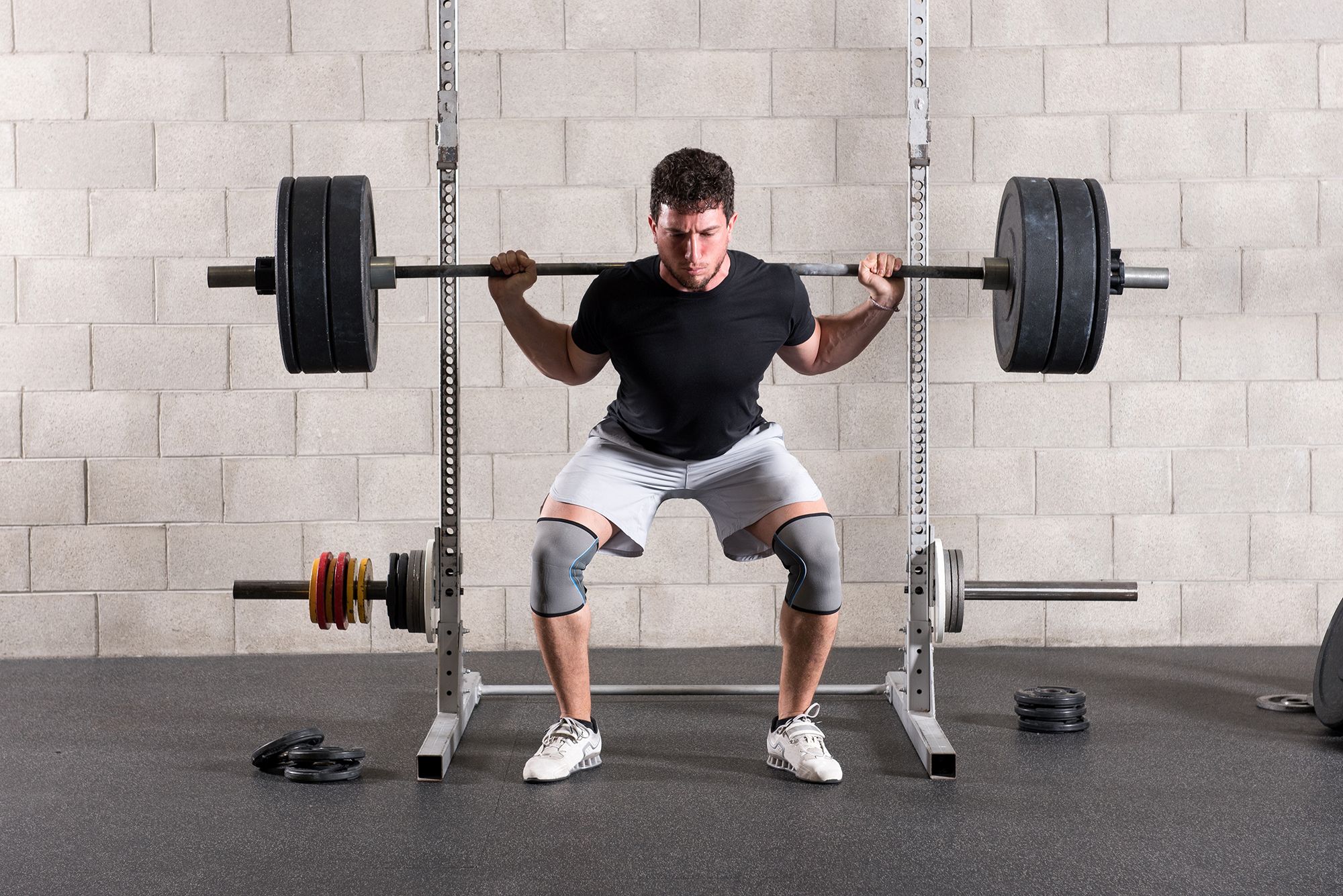When trying to decide where to focus your lifting program—whether new to lifting or revitalizing your commitment to your body—plenty of things can be confusing. What’s powerlifting? How’s it different from bodybuilding? Should I focus on building mass or strength? Let’s look at each of those questions a little more closely.
What is powerlifting?
Powerlifting is lifting focused on building power. Often that leans toward a focus on competitions, but doesn’t necessarily have to; while powerlifting can indeed help you develop competition-level strength, it can also simply be a means to an end—in the case of athletes looking to develop more power, for instance.

Powerlifting vs. bodybuilding
Some powerlifters also take part in bodybuilding. Building power doesn’t have to necessarily mean you can’t also sculpt your body. Many pure powerlifters, however, choose to focus entirely on building power as they can build more power in a shorter period of time without the cutting phases necessary for effective bodybuilding and physique sculpting.
Where should beginners start?
If interested in building more power—regardless of whether or not competition-level lifting is on your radar—there are plenty of beginner powerlifting programs to consider. Of particular importance is finding the right gym. When learning new lifts, you want people around you who can keep an eye on your form—and not every gym emphasizes form and technique equally. Similarly, some gyms are better equipped for powerlifters than others (though that’s more of a consideration as you begin working with heavier weights). Consider USA Powerlifting’s gym search tool; though not the only gyms in which you can powerlift, you’re guaranteed to be surrounded by experienced powerlifters who can help show you the ropes.
As far as routines and programs, beginners should start with something simple—a program that helps them get familiar with the equipment, the lifts, and doesn’t ask too much else of them except to put in the time working on their form. For that reason, we recommend a 5 x 5 program to start, which we’ll explain further in our sample workout below.
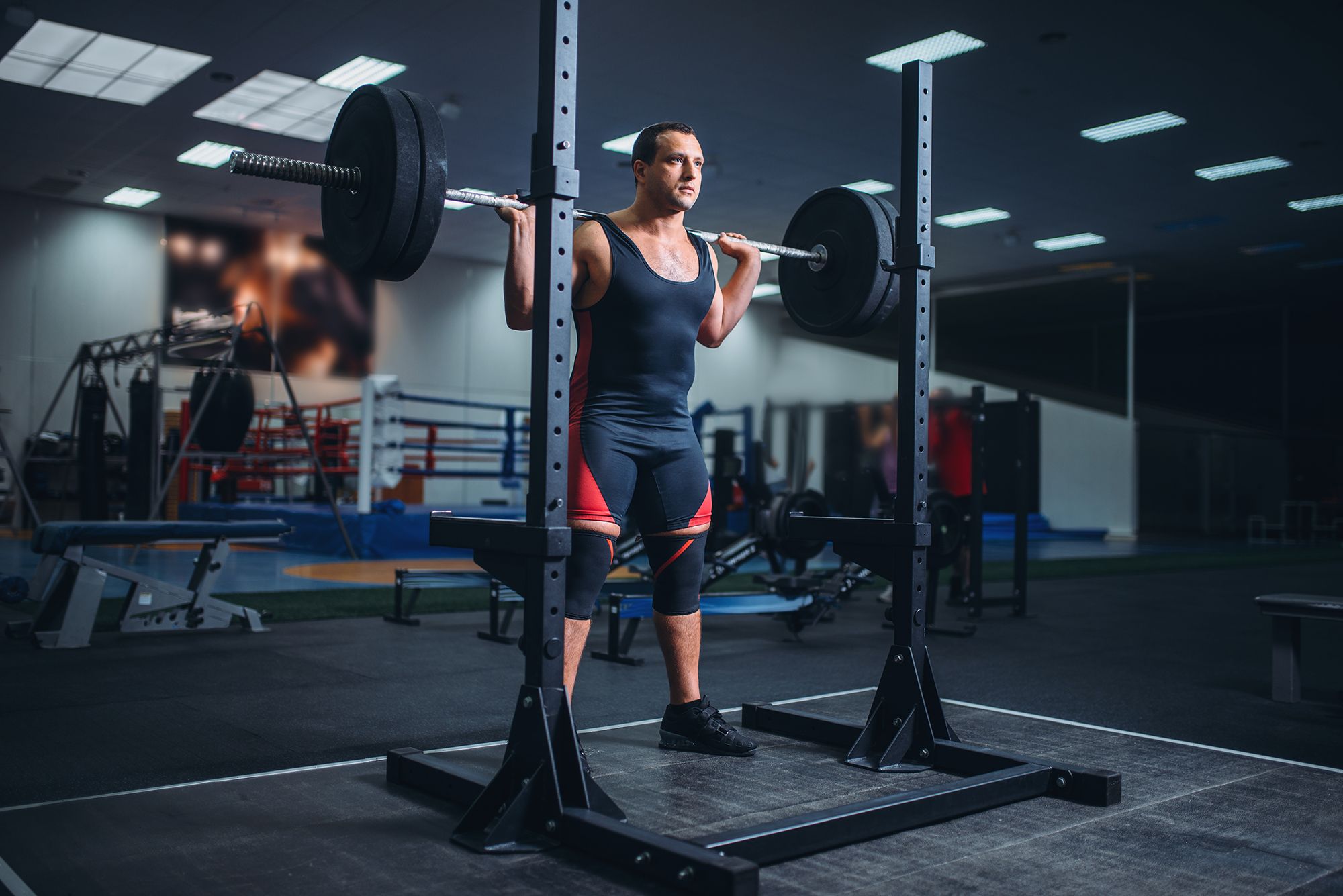
How to move from beginner to intermediate powerlifter
Once you’ve developed familiarity with basic powerlifting lifts and have really gotten your form down, you can start exploring other lifts and adding more weight to your routine. With a solid framework in place, you can really start focusing on the big three lifts for building power: deadlifts, bench presses, and squats.
Training phases
There are numerous training principles to keep in mind as you progress as a powerlifter. In particular, you should focus on a combination of volume, intensity, and deloading.
Volume
In order to adequately stress your muscles and gain power, you need a certain amount of volume in your lifting routine. Here’s where you need to be honest with yourself about where you are as a lifter: Too much volume too quickly is a good way to get hurt. Beginning lifters should aim for less lifting volume than intermediate lifters, just as intermediate lifters will generally have less volume than powerlifters. There are some exceptions—not all competition lifters have crazy volume, for instance, instead trusting that their training and their experience makes up for the lost volume, just as lower volume helps them stay healthy—but this is the general rule in powerlifting.
Intensity
Higher intensity workouts also help build power more quickly. Again, the tradeoff is an increased risk of injury. As a result, beginning powerlifters should focus on lower intensity before slowly ramping up as their training base allows. Need another reason to choose a gym with experienced powerlifters? They can help you determine an appropriate way to ramp up your intensity without dramatically increasing your risk of injury.
Deloading
Every few weeks should include a deloading phase in which you drastically drop the weight you are lifting. Depending on the lifting program, it can be a reduction of anywhere between 30-70%. This deloading phase gives your muscles a chance to recover from the work they have been doing and helps prevent injury. While you may be tempted to skip the deloading phase, you'll make faster progress and gains if you can stay healthy; don’t underestimate your body’s need for recovery.
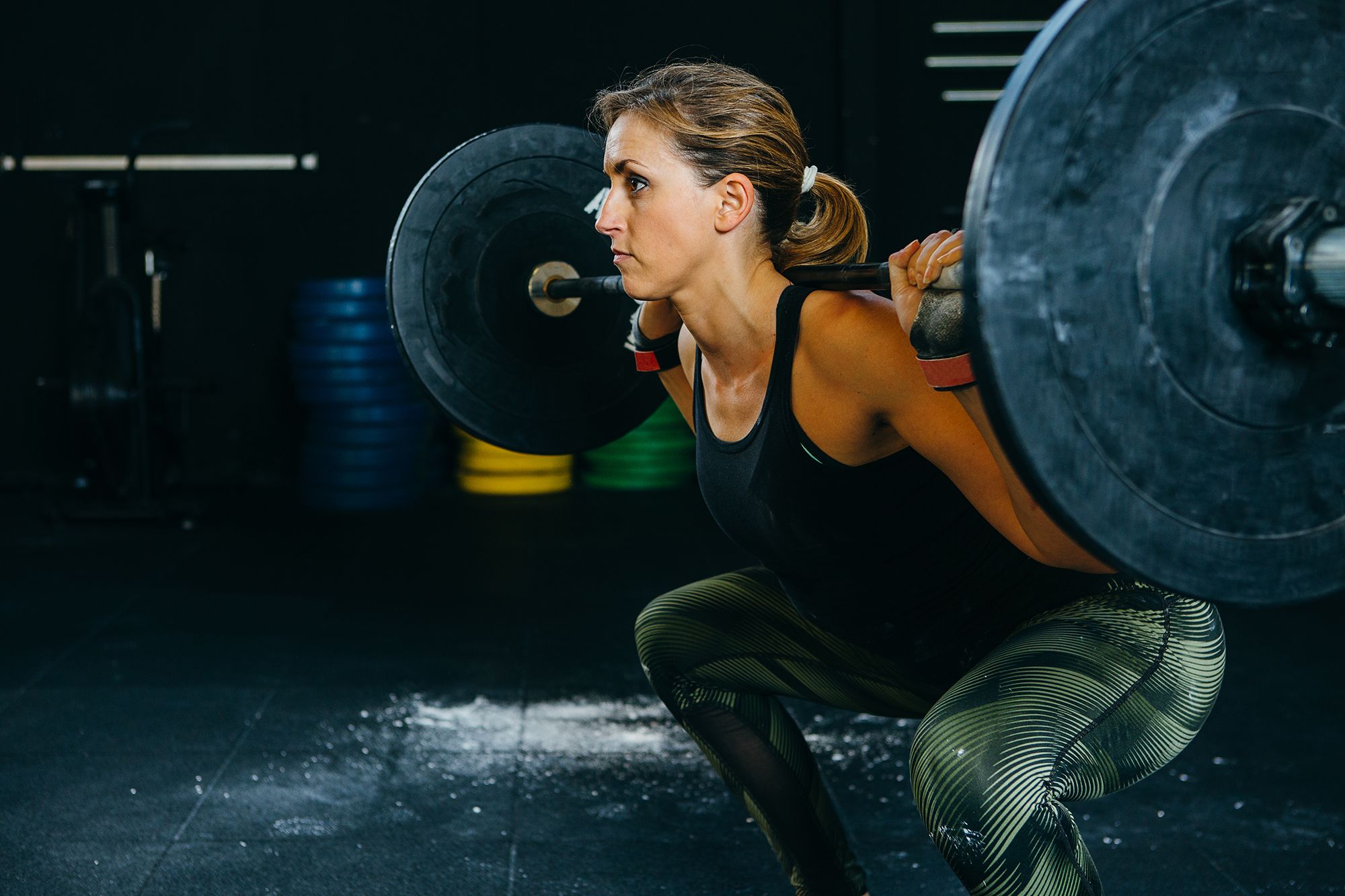
Assistance work
Assistance work is one way to “cheat” your training principles. Whether utilizing a machine for assistance or the assistance of a spotter, assistance work allows you to ease into heavier weights while decreasing your risk of injury. When considering assistance work in your powerlifting program, make sure you do so with the guidance and supervision of more experienced lifters to help reduce your risk of injury.
Powerlifting exercises
While there are many lifts that are frequently used in powerlifting programs to help build strength, there are three in particular that help build power quickly and can serve as benchmark lifts: deadlifts, bench presses, and squats.
Deadlift
In a deadlift, you lift a loaded barbell from the ground to hip height (with your torso remaining perpendicular to the floor) before placing the barbell back on the ground. Because you use your entire core in lifting the bar and maintaining stability, it is a great way to build whole-body power.
Bench press
In a bench press, you lift a loaded barbell (or a pair of dumbbells in some variants) above your shoulders while lying prone (back down) on a bench. Because it targets the shoulders and upper arms as well as core stabilizing muscles, it helps build upper-body power.
Squat
In a squat, you lower your hips from a standing position to a position in which your upper legs are roughly parallel with the ground before returning to a standing position—with a loaded barbell across your shoulders. Because of the way it stresses your hips and legs and relies on core strength for stabilizing, it helps build lower-body power.
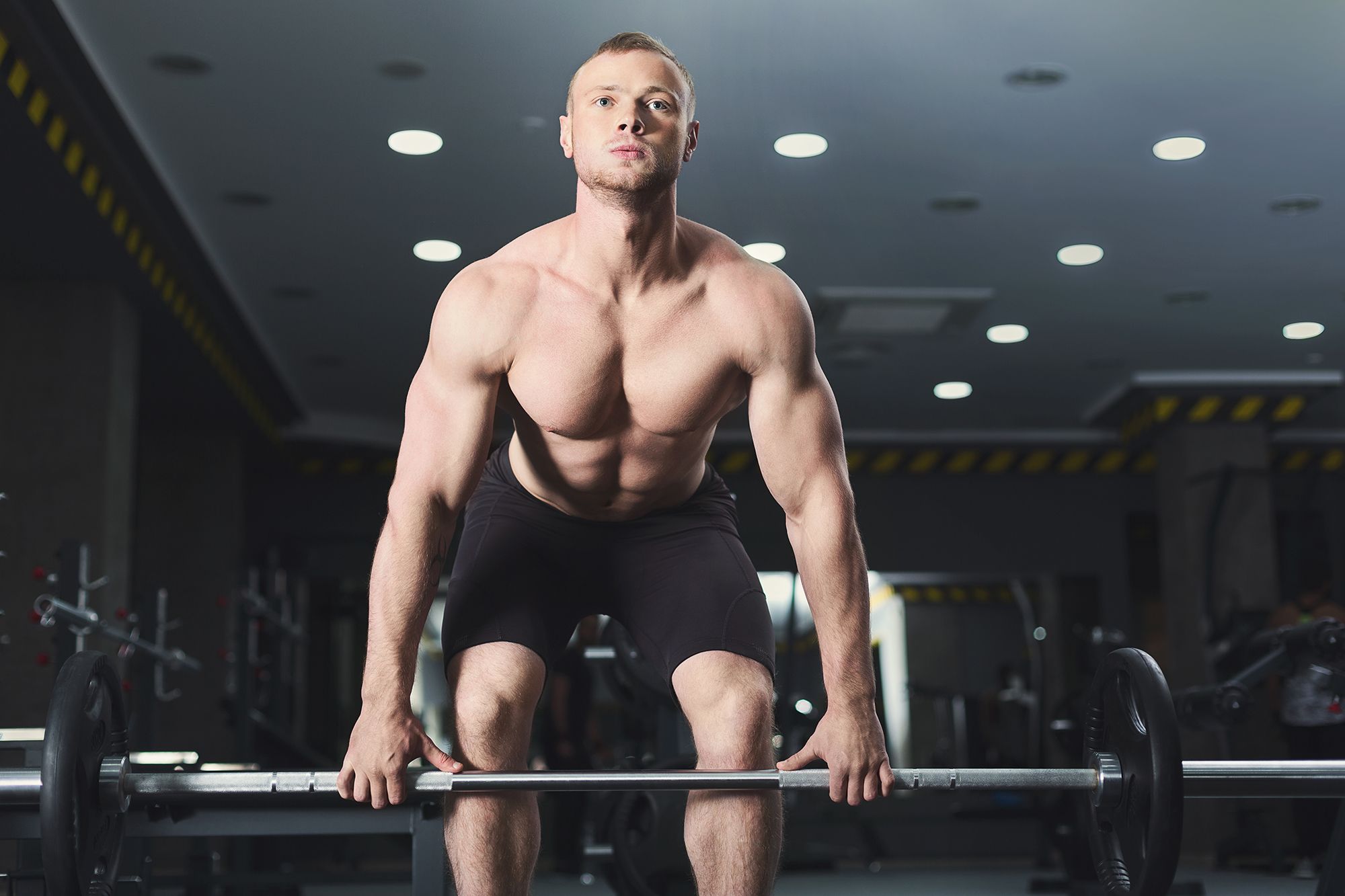
Example powerlifting workout
Check out this 5 x 5 workout plan we referenced earlier, as it’s great for beginning lifters.
Monday
- Barbell squat: 5 sets, 5 reps, all at the same weight
- Front barbell squat: 3 sets, 8-10 reps, clean grip
- Butt lift (or bridge): 3 sets, 8-10 reps
- Seated calf raise: 3-4 sets of 8-10 slow reps
Wednesday
- Barbell bench press: 5 sets, 5 reps, all the same weight (using medium grip)
- Dumbbell bench press: 2 sets, 8-10 reps, focusing on even repetitions and symmetry
- Close-grip barbell bench press: 3 sets, 5 reps
- Triceps pushdown: 3-4 sets of 8-10 slow reps
Friday
- Barbell deadlift: 5 sets, 5 reps, all the same weight
- Upright barbell row: 3 sets, 8-10 reps
- Hyperextensions: 3 sets, 10-15 reps (use lighter weights for these)
- Barbell curl: 5 sets, 5 reps
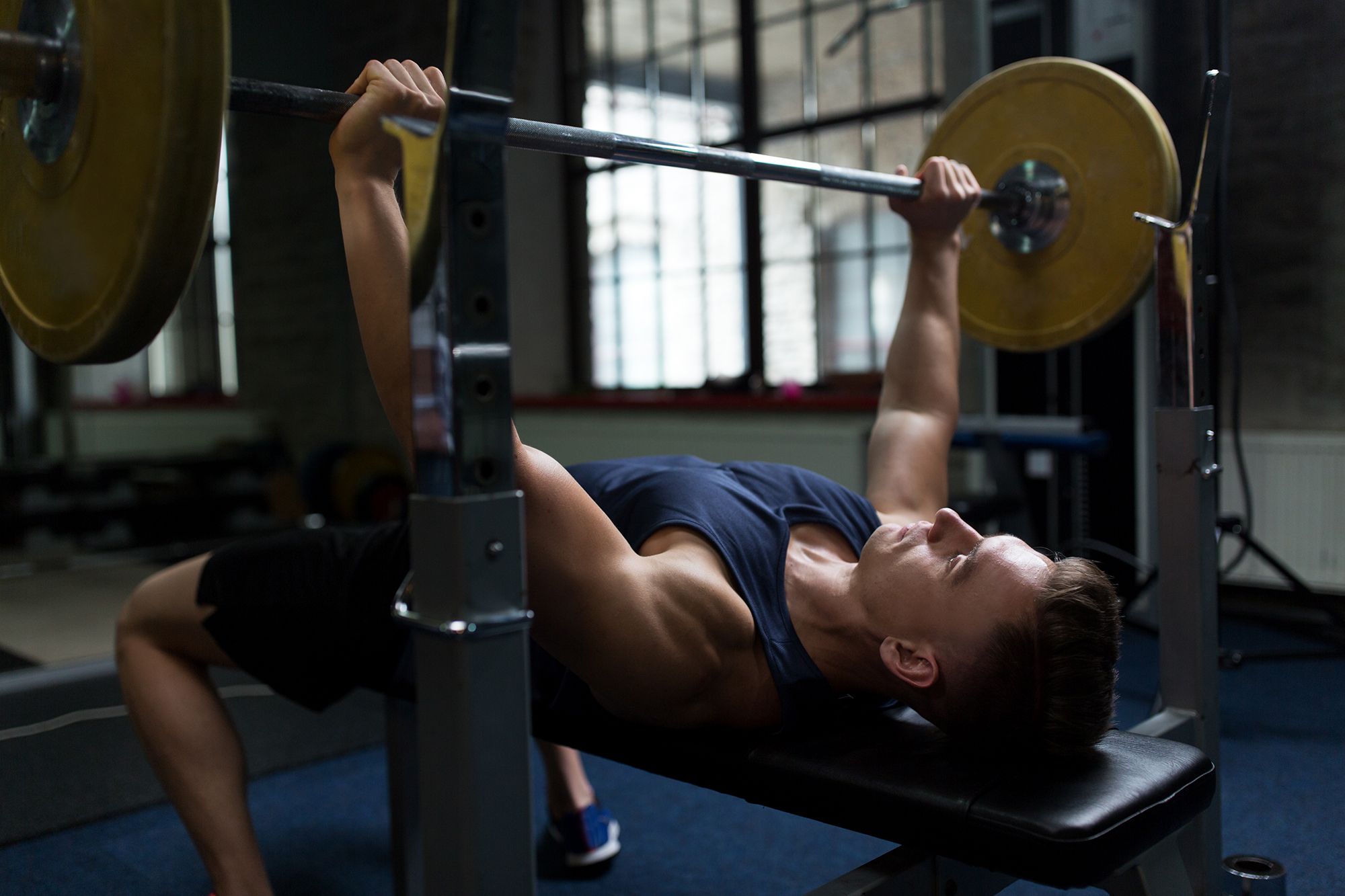
The usual caveats apply:
- Don’t add weight too quickly (no more than 5-10 additional pounds per week to start)
- Start with lower weights so you can really focus on form, rather than straining
- Only move to heavier weights when you are certain your form is solid and have been progressing without too much effort to that point
- Give yourself rest between sets as needed. (This is somewhere where the rest timer feature in workout apps like Bolt can come in handy, too!)
- Be sure to deload regularly—ideally, every few weeks—to ensure your body is recovering adequately from your workouts and lower your risk of injury
